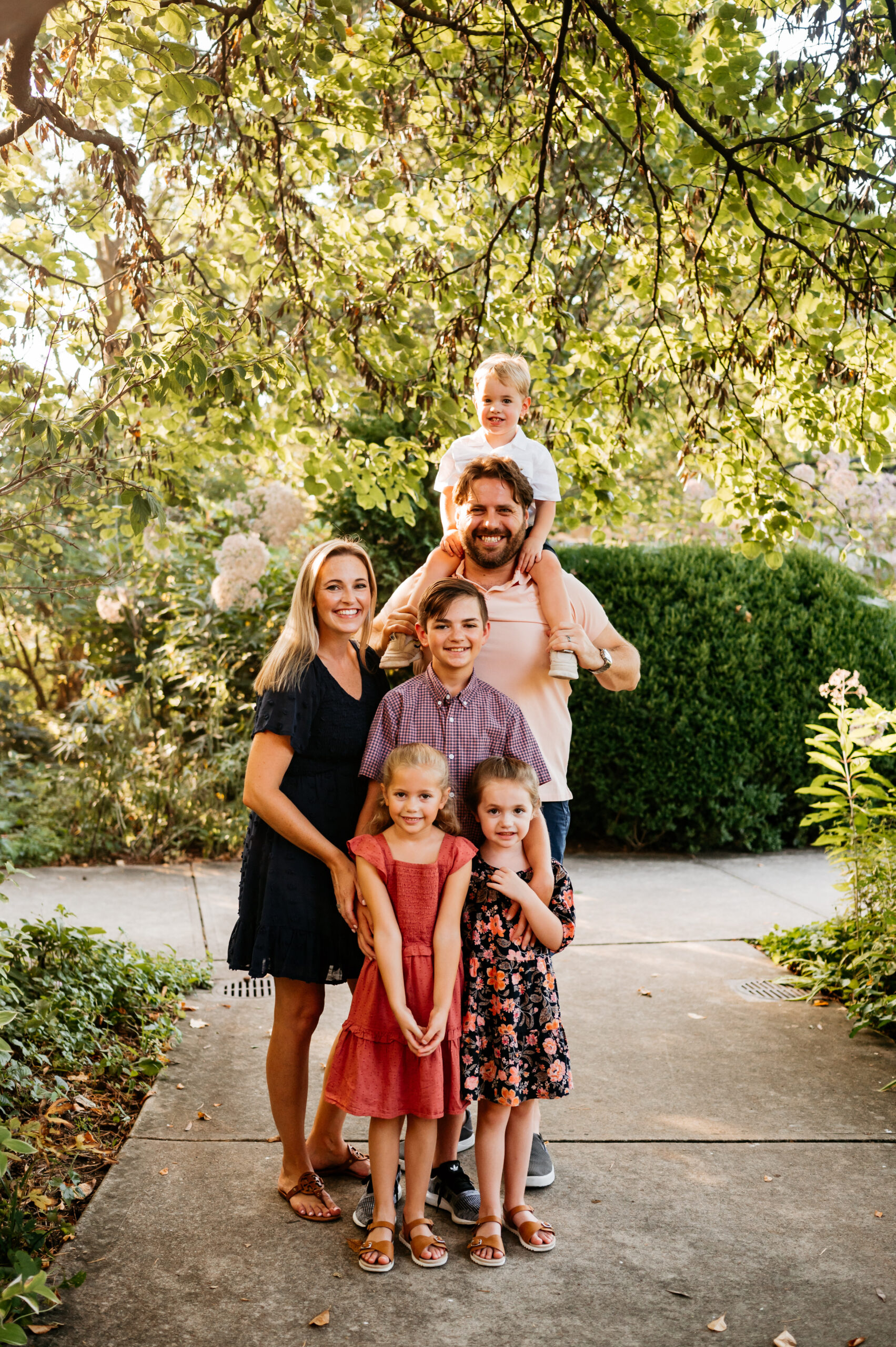Dr. Missy Gryder joined me on the You, The Mother Podcast, to chat about how to recognize and manage stress in this ever changing world. Dr. Missy Gryder is the Founder of Meeting Kids’ Needs, an online course for elementary school families that gives parents the latest research on important social and emotional learning topics and makes the research practical and easy to apply. Meeting Kids’ Needs gives parents all we need to raise emotionally intelligent kids and positively connect with our kids on a deep level and is ultimately about transforming our family’s emotional legacy.
Prior to founding Meeting Kids’ Needs, Dr. Gryder developed The Body Safety Box, an evidence-based child abuse prevention education kit that has served children in 31 states and four countries to date. Dr. Gryder has served children and families for over two decades and has extensive experience as an elementary school and university educator.
As an educator, Dr. Missy wanted to create classrooms that helped children be seen, welcomed, known and valued, unfortunately, as a society we have turned our children into test scores. Their little personalities are not known as well as the test scores they have received. However research about human development and health shows that the social and emotional skills are the greatest predicitors of relational and professional success in adulthood. While there is so much emphasis on the academics, which is beneficial in it’s own way, the human skills are what really teach our kids the skills they need to be successful and are often taught the least. And due to our children being categorized by their test scores, kids are being overworked and over scheduled to meet the top marks, leading to stress.
We can all agree that stress is a normal part of the human experience but there are tools and skills to help understand how stress shows up in our bodies, how to manage it, and build resiliency towards it, so let’s hop right in!
Kids today are more stressed than kids of the past, what has changed?
Social media is a huge factor behind why our children are experiencing more stress today. In the pre-pandemic world of 2019, there were still a ton of books being released about slowing down and stopping the frantic pace of life. And at that time, our kids were also bombarded with that hustled pace, not having enough down time, enough undirected, unscheduled play, not enough agency, autonomy or choices for our kids, but more of a rush here and there type of life.
This time of life created too much pressure way too soon for our kids.
And then the pandemic hit.
At this time, the pace did slow for awhile, something we had all been trying to achieve at one point. But, along with a slower pace came fear and uncertainty, loss, grief and social life isolation. As adults we realized our reserve tanks were emptied and when we think about our kids and their stress we need to understand a couple of things.
Our kids today, compared with our kids years ago are experiencing so many more pressures. They are lacking meaningful connection, loss of identity and a sense of purpose.
Dr. Missy shared a quote from a book she read that stuck with her, that we are experiencing the “relentless exposure to the world and all of it’s hurts.” Simply put, we are exposed to too much and taking it all on and our bodies just are not designed to carry that stress.
The good news though is there is hope, we can create family cultures and emotional climates in our homes that can help to buffer the societal pressures and influences. We have the ability to make our homes a place of refuge for ourselves and our children to set them up for a more sustainable way of life as they grow up.
To understand stress, we need to understand the difference between the stress and the stressor.
- The stressor is the event that is causing the stress. Some typical stressors for our kids can be the worry of having no one to play with on the playground, being left out, math or reading is too hard, for older children it can be that they are not keeping up with peers on college applications, having body image issues, etc.
- The stress or the stress response (think the fight, flight or freeze) is the physical reaction happening in our bodies, it is the chemical release of all of the discomfort that happens in our body. For example, racing heart, hypervigilance, or rapid shallow breathing.
So what can we do to help our kids develop rituals and soul nourishing rhythms that help them manage stress? Well, we can help them to learn how to complete the stress cycle and move through these uncomfortable feelings they are experiencing out of their bodies. With younger children, we can help them to identify where in their body they are feeling this stress. Think about yourself, if your heart is racing you can describe that exact feeling. We can help our children to understand and verbalize that discomfort. Teaching them body and self awareness, especially for our littles, is super important.
- Ways to help complete the stress cycle:
- Physical activity – try and do 20 to 60 minutes of physical activity where you are moving your body enough to have you breathing deeply.
- Deep breathing – when you are breathing deeply, you can lower the stress in your body. Model this deep breathing for our kids so that it becomes a norm for them.
- Friendly social interaction and laughter are huge in completing the stress cycle.
- A 20 second hug will signal safety to your child’s body.
- And finally, sometimes it takes a good cry to release the stress.
So now you are thinking, what are some practical steps that we as parents can implement to help children recognize and manage stress?
First, there are three ways to help kids recognize stress:
- Identify the cause of the stress called the stressor. Remember that the cause of stress is different than the physiological response. Use this time to connect with your child, ask them what is going on or how they are feeling. Empathize and understand what your child is experiencing.
** Side note – it is important to identify quickly if the cause of your child’s stress is jeoporadizing your child’s safety, in which case you need to intervene immediately.**
- Use emotional vocabulary. Help your child to name the precise feeling word for the stress they feed. Are they frenzied, over-tired, sad, or overwhelmed? Using the correct emotional vocabulary and vocalizing your feelings with a word has been shown through research to help immediately lower the stress levels in one’s body.
- Ask your child where he or she notices the stress in their body. Do they feel their heart racing, is their chest feeling tighter, did their breathing change? This recognition is such an important skill to help our children with their self-awareness.
Next, there are three ways to help our kids manage stress:
- Go back and examine the root cause of stress. Ask ourselves questions like, “Would our family do better with less on our to-do list, how do we manage that?” “What is going to be good for all of us health-wise as a family?” “What changes can we make to create a calmer lifestyle for our family.” Identify what is the cause of stress and work through different scenarios until you find one that is right for you and your family.
- Make space for regular fun-family movement. Make physical movement a fun and normal thing. Think about a daily family walk after dinner, a ritual that not only gives your family movement but also side by side connection. Or perhaps try an after school dance party that gives the movement needed to help offset some of these stress chemicals.
- Try several different breathing techniques with your child. There are tons of breathing exercises that can help to bring calm pretty quickly Have a few breathing techniques in your back pocket to demonstrate for your child. These strategies will help become the normal practice for your child as they grow up and will help guide them through their stress cycles.
Remember that our kids soak in so much of what we do. As mothers, it is so important to model how we ourselves work through our stress cycle. By sharing with our children the tools in our own toolkit, we are introducing them to a skillset that they can use to work through their stress cycle one day when they are grown. With all of the tools and practices mentioned above, we are putting in the work for both ourselves and our children.
Be sure to check out Dr. Missy Gryder’s work over on her Instagram @meetingkids needs and over on her website www.meetingkidsneeds.com.
Supporting You, The Mother,
Abbey Williams, MSW, LSW




